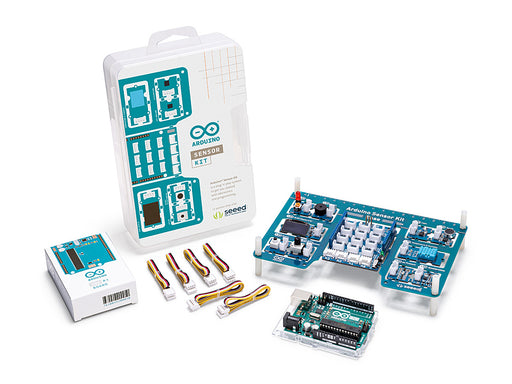
Grove - Temperature & Humidity Sensor (SHT31)
Sold outGrove - Temp&Humi Sensor(SHT31) is a highly reliable, accurate, quick response and integrated temperature & humidity sensor.
Overview
The sensor(chip) used in the module is designed with Sensirion’s CMOSens® technology. The chip is well calibrated, linearized and compensated for digital output.
The typical accuracy of this module can be ±2%RH (for relative humidity) and ±0.3°C (for temperature).
This module is compatible with 3.3 Volts and 5 Volts and hence does not require a voltage level shifter. This module communicates using with I2C serial bus and can work up to 1 MHz speed. We also have provided a highly abstracted library to make this product more easier to use.
Using the sensor is easy.
For Seeeduino (compliant with Arduino), just connect this breakout board with the main control board via Grove cable.
Then use the provided library and example/demo code available at GitHub to get your data. If you’re using an Arduino without a Base Shield, simply connect the VIN pin to the 5V voltage pin, GND to ground, SCL to I2C Clock (Analog 5) and SDA to I2C Data (Analog 4).
Features:
- Highly reliable, accurate and quick response time
- Grove compatible and easy to use
- Well calibrated, linearized, compensated for digital output
- Highly abstracted development library









